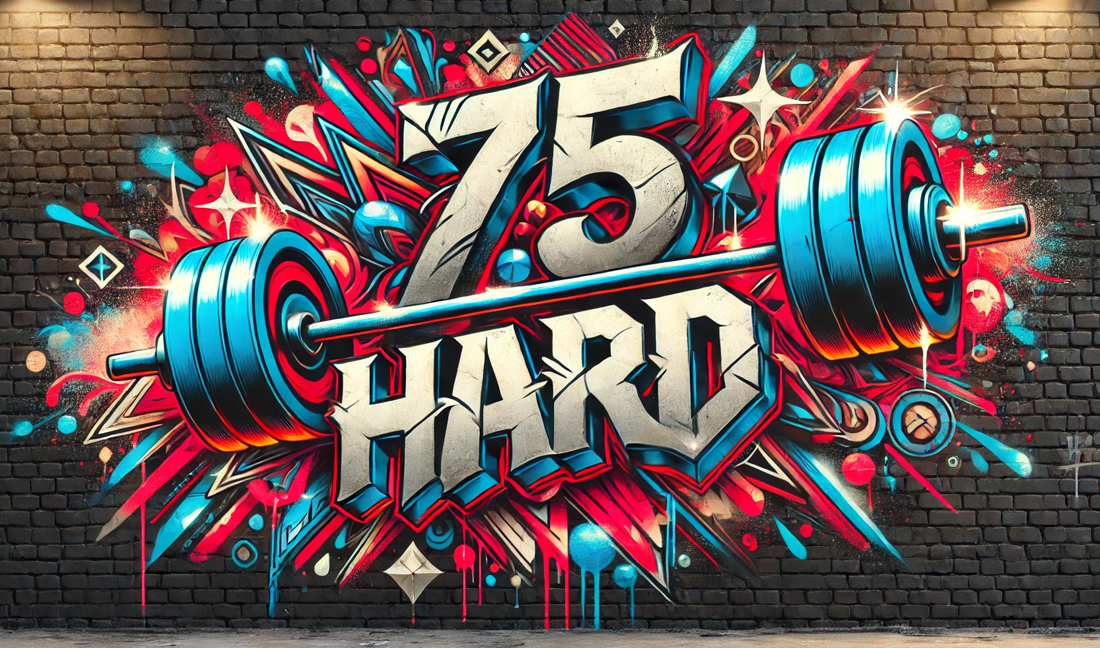The Bro Split workout program is a cornerstone of bodybuilding culture, a widely recognized training split that has endured for decades. In this comprehensive guide, we’ll explore the intricacies of this workout method, dissect its strengths and weaknesses, and help you decide if it’s the right approach for your fitness journey.
1. What is a Bro Split Workout Program?
A Bro Split Workout refers to a training regimen where each workout is devoted to one or two specific muscle groups. It’s also commonly referred to as a body part split because the weekly schedule divides muscle groups into separate training days. A classic Bro Split might look like this:
- Monday: Chest and triceps
- Tuesday: Back and biceps
- Wednesday: Rest
- Thursday: Legs
- Friday: Shoulders
- Saturday & Sunday: Rest or cardio
This routine allows for concentrated effort on individual muscles. The goal is muscle hypertrophy, achieved by targeting each muscle group with a variety of exercises and high volume. One of the primary appeals of the Bro Split is its simplicity and structure, which makes it a popular choice among both novice and seasoned gym-goers.
The term “Bro Split” emerged in the fitness community as a tongue-in-cheek nod to gym culture, often tied to stereotypes of gym “bros” who focus on aesthetics. Despite its playful origins, the Bro Split remains a highly effective training approach for many.
2. Introduction to the Classical Bro Split Workout Program
The classical bro split program is grounded in traditional bodybuilding principles. It involves:
- High Volume Per Session: Training sessions typically include 3-5 exercises for the targeted muscle group, with multiple sets and reps for each.
- Focused Attention: Each workout is dedicated to one muscle group, such as chest or legs, ensuring the muscle is worked thoroughly from different angles.
- Extended Recovery Time: Muscles trained on one day have nearly a week to recover before being worked again.
Here are two examples of a full weekly bro split plan:
Monday (Chest)
- Flat Barbell Bench Press: 4 sets of 6-8 reps
- Incline Dumbbell Press: 4 sets of 8-12 reps
- Cable Fly: 3 sets of 12-15 reps
- Push-Ups: 3 sets to failure
Tuesday (Back)
- Rack Pull Deadlift: 4 sets of 5-8 reps
- Pull-Ups: 4 sets to failure
- Dumbbell Rows: 3 sets of 8-12 reps
Thursday (Legs)
- Squats: 4 sets of 6-10 reps
- Romanian Deadlifts: 3 sets of 8-12 reps
- Leg Press: 3 sets of 10-15 reps
- Calf Raises: 3 sets of 15-20 reps
Remark: For a more demanding workout, take a look at the variation
Monday (Chest)
- Bench press (regular grip) with barbell: 4 sets of 6-8 reps
- Bench press with dumbbells (inclined): 4 sets of 6-8 reps
- Push up: 4 sets of maximum reps
- Cable cross over (medium): 4 sets of 6-8 reps
Tuesday (Back)
- Deadlift with barbell: 4 sets of 6-8 reps
- Pull up front: 4 sets of 6-8 reps
- Bent over row with dumbbell and one arm: 6 sets of 6-8 reps
- Row with cable (seated): 4 sets of 6-8 reps
Wednesday (Shoulders and Traps)
- Overhead press or military press with barbell: 4 sets of 6-8 reps
- Overhead press with dumbbells (seated): 4 sets of 6-8 reps
- Shrug with barbell: 4 sets of 6-8 reps
- Lateral raise with dumbbells: 4 sets of 6-8 reps
- Face pull with cable: 4 sets of 6-8 reps
Thursday (Legs and Abs)
- Squat with barbell: 4 sets of 6-8 reps
- Leg curl on machine (seated): 4 sets of 6-8 reps
- Leg extension on machine: 4 sets of 6-8 reps
- Standing calf raise on machine: 4 sets of 6-8 reps
- Plank: 3 sets
- Hanging knee raise: 4 sets of 6-8 reps
Friday (Biceps and Triceps)
- Bicep curl with barbell (regular grip): 4 sets of 6-8 reps
- Bench press (close grip) with barbell: 4 sets of 6-8 reps
- Hammer curl with dumbbells: 4 sets of 6-8 reps
- Triceps push down with ropes: 4 sets of 6-8 reps
- Preacher curl with EZ bar: 4 sets of 6-8 reps
- Triceps extension with one dumbbell (seated): 4 sets of 6-8 reps
Both options are straightforward and easy to follow, making it appealing to gym-goers who prefer a routine with clear goals.
You will find the second option directly in our free Blaze Workout App (download on Apple App Store).

For a more detailed breakdown of Bro Split option two, please refer to our workout database (link):

3. Are Bro Splits an Effective Way to Build Muscle Mass?
There’s significant debate about the effectiveness of bro splits compared to other routines. Let’s break it down:
The Argument For Bro Splits
- Targeted Muscle Focus: Spending an entire workout on a muscle group allows you to push it to its limits. This can result in a better mind-muscle connection and more complete muscle activation.
- Ideal for Hypertrophy: High-volume training is a proven driver of muscle growth, and bro splits provide ample opportunity to hit muscles from multiple angles.
- Time for Recovery: Muscles get nearly a full week to recover, which can be especially beneficial for advanced lifters who use heavy weights.
The Argument Against Bro Splits
- Low Frequency: Studies suggest that muscle protein synthesis (MPS) peaks within 24-48 hours after training. By training a muscle group only once a week, you may miss opportunities for additional growth.
- Fatigue Management: The high volume required for bro splits can lead to diminishing returns as the workout progresses, especially for larger muscle groups like the back and legs.
Scientific Insights
Research has shown that when training volume and intensity are equated, the frequency of muscle training matters less. Therefore, bro splits can be just as effective as higher-frequency splits if programmed correctly.
4. Common Training Methods Used with a Bro Split
Bro splits often incorporate advanced techniques to maximize muscle fatigue and growth. These include:
- Drop Sets: Perform a set to failure, then immediately reduce the weight and continue for more reps. This increases the volume and pushes muscles beyond their comfort zone.
- Supersets: Pair two exercises back-to-back with minimal rest. For example, perform barbell curls followed by hammer curls to target the biceps from different angles.
- Forced Reps: With the help of a spotter, complete additional reps after reaching failure.
- Heavy Eccentrics: Focus on the lowering phase of a lift with controlled tempo to increase muscle damage and growth.
These methods keep workouts intense and engaging while helping trainees push past plateaus.
5. How Does the Bro Split Compare to Other Workout Programs?
Bro Split vs. Push-Pull-Legs (PPL)
Push-Pull-Legs: Divides training into movement patterns (push, pull, and legs) and is often performed 3-6 times per week.
- Advantages of PPL: Higher frequency, balanced workload.
- Advantages of Bro Splits: Greater volume and focus on specific muscles in each session.
Bro Split vs. Upper-Lower Splits
Upper-Lower Splits: Combine upper-body and lower-body workouts, training each muscle group twice a week.
- Advantages of Upper-Lower: Balanced frequency and shorter workouts.
- Advantages of Bro Splits: More time to target individual muscles.
Bro Split vs. Full-Body Workouts
Full-Body Workouts: Target all major muscles in each session, ideal for beginners and time-constrained individuals.
- Advantages of Full-Body: Time-efficient and effective for overall fitness.
- Advantages of Bro Splits: Better for advanced lifters focusing on aesthetics.
6. How to Build Progression with the Bro Split Workout?
To ensure progress with a bro split, consider the following:
- Track Your Performance: Use a training journal or app to log sets, reps, and weights. Our Blaze Workout app is your ideal companion for iOS.
- Apply Progressive Overload: Gradually increase weight, reps, or sets to challenge muscles.
- Periodize Your Training: Cycle through phases of heavier, lower-rep training and lighter, higher-rep training.
- Incorporate Variations: Rotate exercises every 4-6 weeks to prevent plateaus and ensure balanced development.
7. Benefits of the Bro Split Workout Program
- Focused Attention: Each session is dedicated to a single muscle group.
- Scheduling Flexibility: Workouts can be tailored to fit any schedule.
- Enhanced Recovery: Ample time between sessions for each muscle to recover and grow.
- Simplicity: Easy to plan and follow, even for beginners.
- Aesthetic Focus: Ideal for targeting lagging muscle groups or working on symmetry.
8. Shortcomings of the Bro Split Workout Program
- Lower Frequency: Each muscle is trained only once a week, which may limit growth potential.
- Potential Overtraining: High-volume workouts can cause excessive fatigue.
- Isolation Over Functionality: Overemphasis on isolating muscles may neglect compound, functional movements.
- Time Investment: Requires 5-6 days in the gym, which may not suit everyone.
9. Bro Split Workout Routine FAQs
Can I use a Bro Split as a beginner? Yes, but beginners may benefit more from higher-frequency splits, which promote overall strength and coordination.
How long should workouts last? 45-60 minutes is typical, though more advanced lifters may extend sessions to 75 minutes.
How do I combine cardio with a Bro Split? Do cardio on rest days or after workouts to prevent interference with strength training.
Conclusion
The bro split workout program is a time-tested method for building muscle and achieving aesthetic goals. While it may not suit every fitness level or objective, its simplicity and targeted approach make it an enduring favorite among bodybuilders. With proper planning, progressive overload, and adherence to training principles, the bro split can deliver impressive results. Are you ready to crush your next bro split session? Grab your gym bag, and let’s get started!




